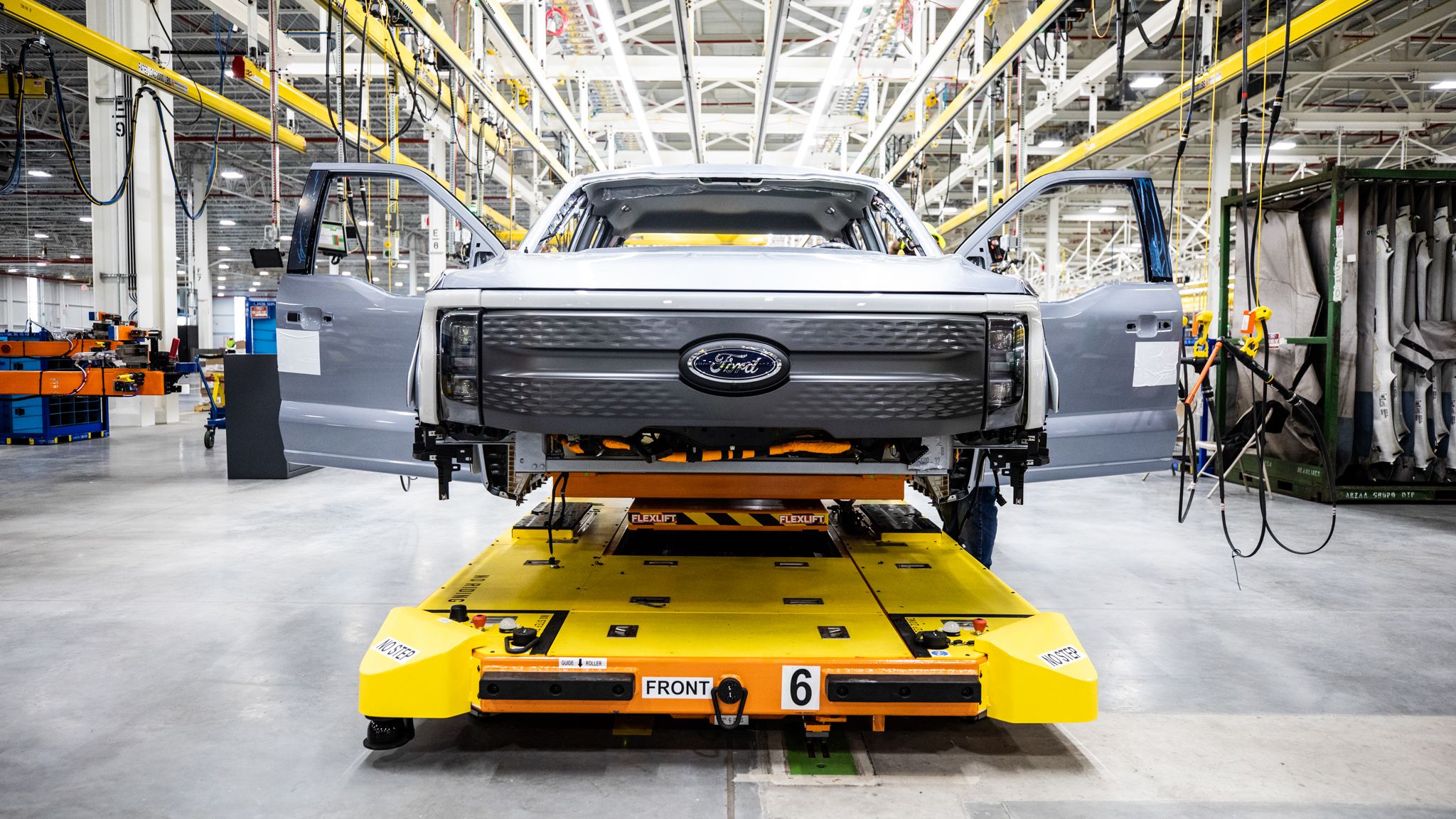No one said the transition from conventional, combustion-powered vehicles to electric would be easy – or cheap. Still, some automakers, like GM, are starting to see glimmers of hope. Last quarter, the company’s EVs hit positive variable profitability, meaning revenues on sales are greater than the costs to build the vehicles, an important milestone. Unfortunately, the situation with GM’s cross-town rival, Ford, isn’t as sunny.

Related
Ford Developing EREVs Amid Electric Truck Uncertainty
New range-extended electric vehicles may help the automaker stem financial losses.
Big Losses On EVs, But There Is Hope
According to its recent financial report, Ford Model e, the company’s electric vehicle division, had an earnings before interest and taxes (EBIT) loss of $5.1 billion in 2024 after losing $4.7 billion the year before. EBIT earnings and EBIT margins for the Ford Blue division, which handles traditional, combustion-powered cars and trucks were both down, though not in the red. The former fell from about $7.5 billion in 2023 to $5.3 billion last year, while the latter dropped from 7.3 percent to 5.2.
Unfortunately, for the Model e division, similar financial losses are expected in the coming year. “And we continue to grow our mix of profitability coming from software and physical services globally,” said Sherry House, Ford’s chief financial officer during the automaker’s fourth quarter 2024 earnings call. “We expect a loss of $5 billion to $5.5 billion for Ford Model e, holding losses stable year over year.”
Much of these losses are because of expenses associated with building battery plants and developing future products. “The Model e team … did a tremendous job delivering $1.4 billion in cost reductions last year, net of a $100 million increase in spend to launch our new battery plants and next-gen EVs,” said House.
House noted that pricing pressure remains, but Ford plans to materially increase global sales volume thanks to new vehicle launches in Europe. Future cost savings are also expected as fresh ideas are implemented and a new joint venture battery facility opens later in the year.
As company director and CEO Jim Farley said during the earnings call, “Our global revenue reached an all-time record at the company of $185 billion. This was our fourth consecutive year of top-line growth, driven by some of the strongest and most durable franchises in our industry.” He acknowledged the perennial success of the F-Series truck franchise, plugged the new Ranger pickup’s recent accolades, and tipped his hat to the headway Ford is making in commercial vehicle software subscriptions, which grew 27 percent to nearly 650,000 last year.
Quality Is Job 1 Again… Maybe
Aside from continuing these showroom successes, Farley also has work to do as the company struggles to get recalls and defects under control. “We’re changing our culture to be more focused on quality, and with accountable measures for all of our engineering teams and leadership,” Farley said. “These changes produce green shoots, delivering about $500 million of net cost reductions in last year’s second half. But this is frankly a small down payment on the work to be done at Ford.”
To further reduce costs and improve profitability, Farley also said they’re identifying defects and issues in the field and deploying dedicated teams to supplier partners to improve the quality of the parts delivered to Ford. Additionally, they’re holding suppliers accountable for defective parts and engineers are working to eliminate complexity and waste.
Putting all this into practice, Farley explained that they already have more than $1 billion in “product design cost reduction ideas” they can implement this year. The quality of model year 2025 vehicles is also up a whopping 18 percent.
Hope Springs Eternal
“Ford is becoming a fundamentally stronger company,” said Farley in a media release. “We finished 2024 with a solid fourth quarter, capping the highest revenue year in Ford’s history.” He praised their diversity of powertrains, that lets customers choose what they want, “And Ford Pro,” he added, “with its mid-teen margins, leading market position, and growing service and repair revenue, provides unique advantages for continued growth.”
EVs may continue to be a financial drag on Ford, but the automaker is working to address this issue and others. Their Ford+ transition plan aims to build sales momentum and drive greater profitability.


